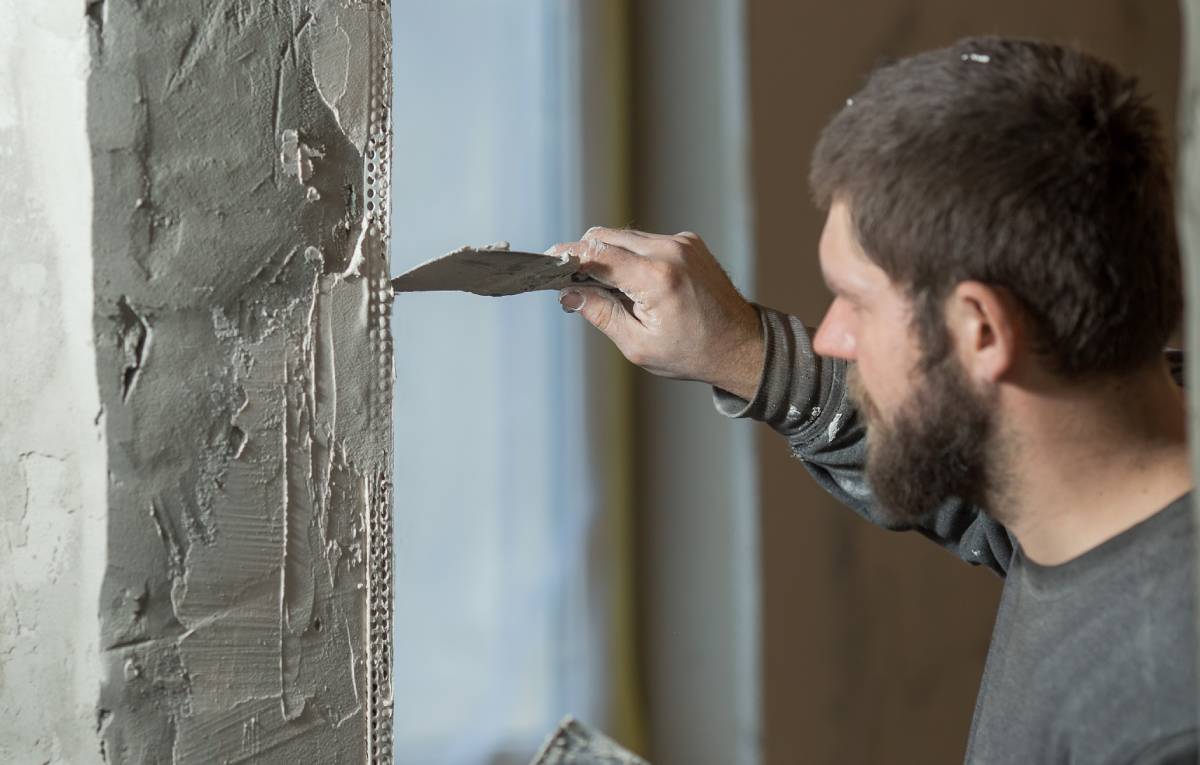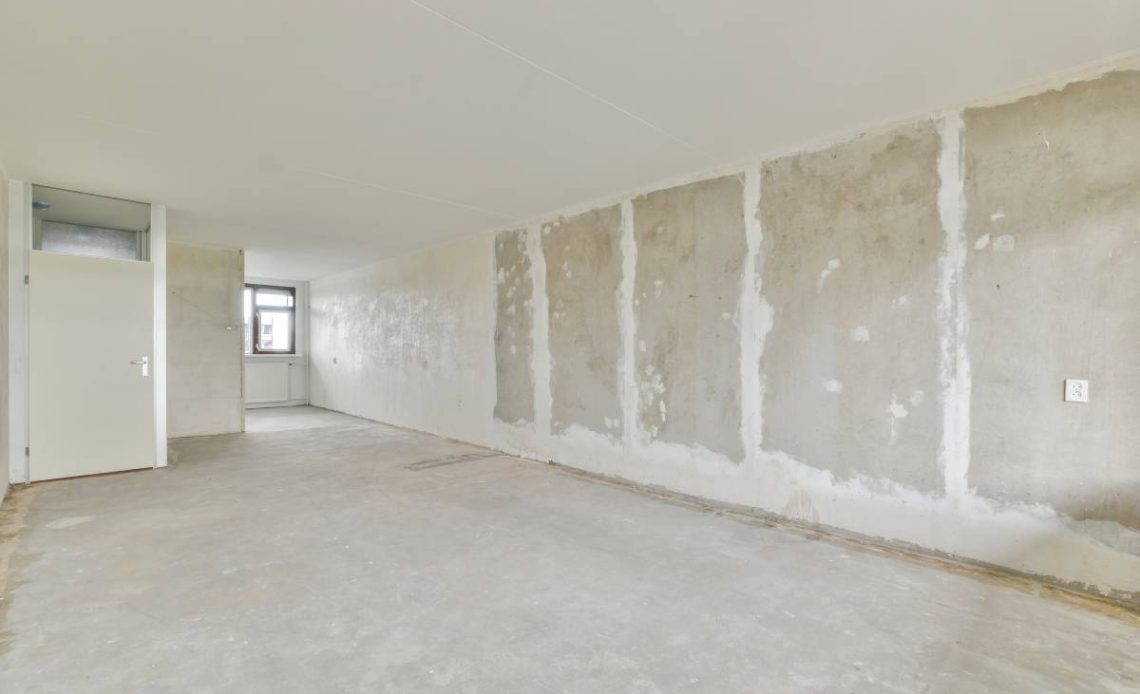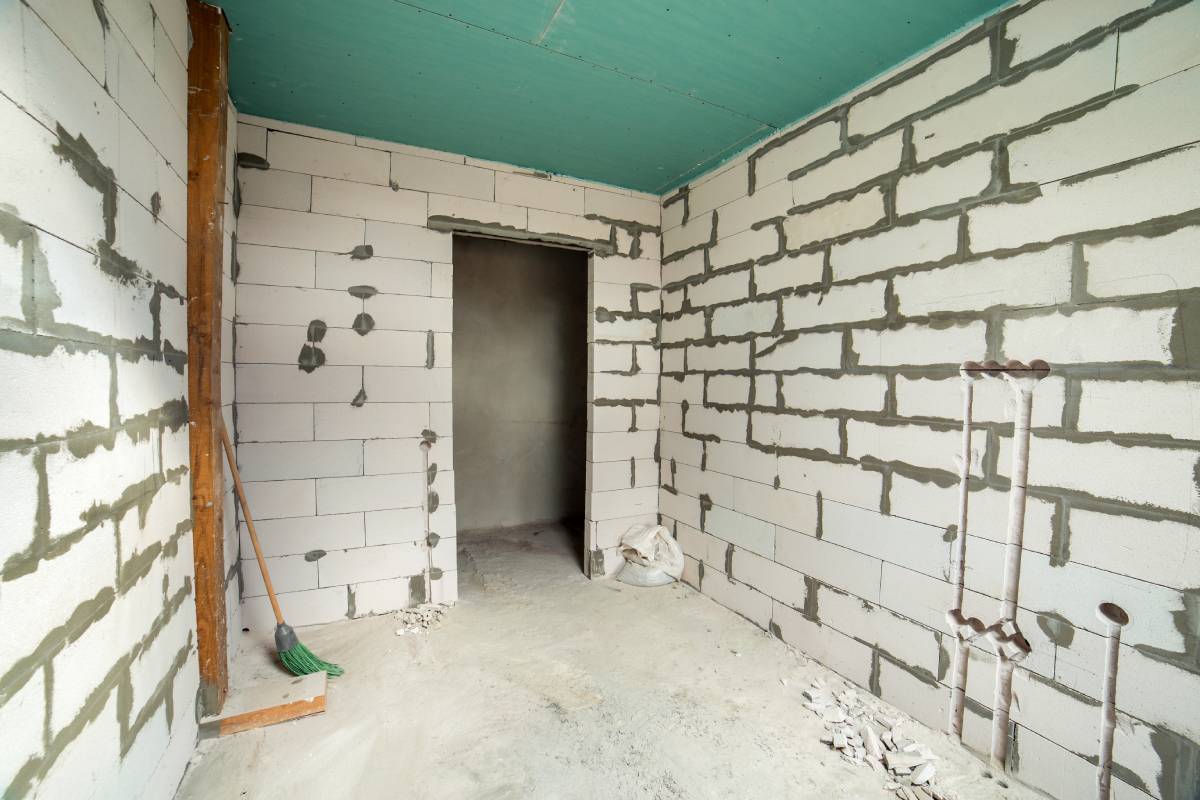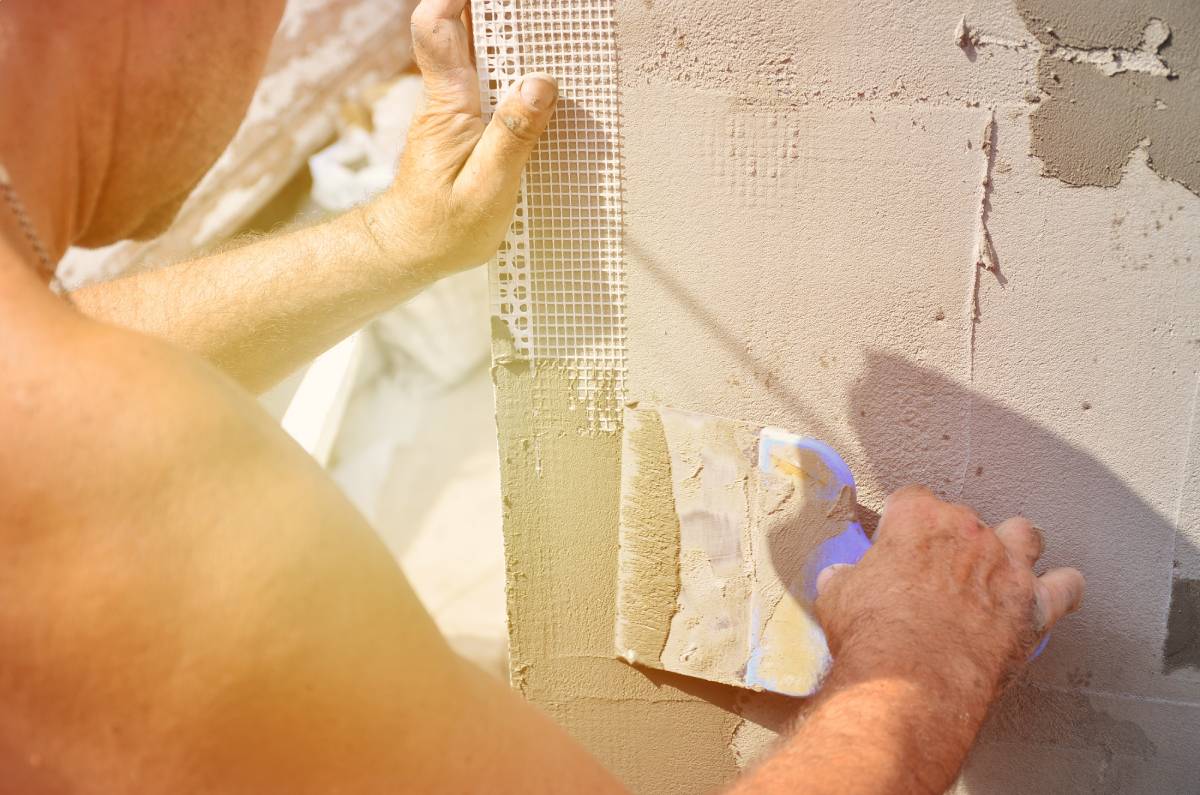Plaster walls, with their timeless elegance and reputation for durability, have graced homes for centuries. In this exploration, we delve into the essence of plaster walls—unveiling the components that make up their structure, weighing the pros and cons of their presence in our living spaces, and unraveling the mysteries surrounding their lifespan. From lath to paint, advantages to drawbacks, and the evolving journey of plaster walls through the years, let’s uncover the story behind these stalwarts of interior architecture.

What is in a plaster wall?
Plaster walls have been a common feature in homes for centuries, offering a durable and aesthetically pleasing finish to interior spaces. Let’s dive into what makes up a plaster wall in a straightforward and easy-to-understand manner.
At its core, a plaster wall consists of three main components: lath, plaster, and paint.
- Lath: The Foundation
- The first layer of a plaster wall is the lath. Think of it as the wall’s foundation. Lath is a series of narrow strips of wood, usually arranged horizontally, that are attached to the underlying wall studs or framing.
- The purpose of the lath is to provide a base for the plaster to adhere to. It creates a textured surface that helps the wet plaster grip and hold onto the wall.
- Plaster: The Middle Layer
- Plaster is the star of the show when it comes to a plaster wall. It is a mixture of water, sand, and a binding agent, traditionally made from lime or gypsum. This mixture creates a thick, paste-like substance that is applied to the lath.
- Once the plaster is spread over the lath, it undergoes a chemical reaction, hardening and becoming a solid surface. This process is known as curing, and it gives the wall its sturdy and durable nature.
- Paint: The Final Touch
- The outer layer of a plaster wall is typically paint. Once the plaster has dried and cured, a layer of paint is applied to give the wall its final appearance.
- Paint not only adds color to the wall but also serves as a protective layer, preventing the plaster from absorbing moisture and ensuring the longevity of the wall.
How It All Comes Together: The Process
- Preparation:
- Before applying plaster, the wall surface is prepared by attaching the lath to the underlying structure. This could be wooden or metal studs, creating a framework for the plaster to adhere to.
- Application of Plaster:
- The plaster mixture is prepared by combining water, sand, and the binding agent. This thick paste is then applied to the lath using a trowel, spreading it evenly across the surface.
- Curing:
- After application, the plaster needs time to cure and harden. This process can take several days, during which the plaster transforms from a wet and malleable substance into a solid and durable surface.
- Painting:
- Once the plaster is fully cured, a coat of paint is applied to enhance the wall’s appearance and provide additional protection.
In summary, a plaster wall is a layered structure comprising lath, plaster, and paint. The lath serves as the foundation, the plaster provides strength and durability, and the paint adds the final touch. This traditional method of wall construction has stood the test of time, offering both practical and aesthetic benefits to homes around the world.
Are plaster walls good or bad?
Advantages of Plaster Walls:
- Durability:
- Plaster walls are renowned for their durability and longevity. When properly installed and maintained, they can withstand the test of time, providing a solid and robust surface.
- Aesthetic Appeal:
- Many homeowners appreciate the timeless and classic look of plaster walls. The smooth and often textured finish adds a touch of elegance to interior spaces, making them a popular choice for those seeking a traditional and refined aesthetic.
- Sound Insulation:
- Plaster has natural sound-insulating properties. It can help reduce noise transmission between rooms, creating a quieter and more comfortable living environment. This can be especially advantageous in homes where privacy and tranquility are priorities.
- Fire Resistance:
- Plaster is inherently fire-resistant, offering an added layer of safety to homes. In the event of a fire, plaster walls can act as a barrier, slowing down the spread of flames and providing valuable time for evacuation.
Drawbacks of Plaster Walls:
- Cost and Labor Intensive:
- Installing plaster walls can be more expensive and labor-intensive compared to other wall finishing options. The process involves skilled craftsmanship, and the materials themselves may be pricier, contributing to higher overall costs.
- Vulnerability to Cracks:
- Over time, plaster walls may develop hairline cracks due to natural settling, temperature changes, or structural shifts. While small cracks are typically cosmetic and can be repaired, larger cracks may require more extensive restoration.
- Moisture Sensitivity:
- Plaster is sensitive to moisture, and exposure to water can lead to damage. In areas prone to high humidity or water exposure, such as bathrooms, proper ventilation and waterproofing measures are essential to prevent issues like mold or plaster deterioration.
- Maintenance Requirements:
- Plaster walls may require more maintenance compared to alternative wall materials. Repairs and touch-ups may be needed to address cracks or dings, and the periodic repainting of plaster surfaces is common to maintain their appearance.
In assessing whether plaster walls are “good” or “bad,” it’s crucial to consider individual needs and priorities. If you value durability, a classic aesthetic, and sound insulation, plaster walls can be an excellent choice. However, if cost, potential for cracks, or moisture sensitivity are significant concerns, alternative wall materials might be more suitable.
Ultimately, the decision to use plaster walls depends on a balance of factors that align with personal preferences, budget considerations, and the specific conditions of the space in question. Plaster walls have a rich history and offer unique benefits, but like any building material, they require thoughtful consideration and proper maintenance to ensure their continued success in a home or building.
How long do plaster walls last?
Factors Influencing Lifespan:
- Installation Quality:
- The lifespan of plaster walls is significantly influenced by the quality of their installation. When installed correctly by skilled craftsmen, plaster walls can last for many decades. Proper installation involves ensuring a solid foundation, using quality materials, and applying the plaster evenly.
- Environmental Conditions:
- The environment in which plaster walls are situated plays a crucial role in their longevity. Plaster is sensitive to moisture, and excessive humidity or water exposure can lead to issues such as mold, deterioration, and a shorter lifespan. Conversely, a well-ventilated and dry environment contributes to a longer lifespan.
- Structural Settling:
- As buildings settle over time, small cracks may appear in plaster walls. While some settling is natural and expected, significant structural issues can accelerate the formation of cracks. Properly addressing settling concerns and performing repairs as needed can extend the lifespan of plaster walls.
- Maintenance Practices:
- Regular maintenance is key to preserving the lifespan of plaster walls. Promptly addressing any cracks, dings, or damage can prevent larger issues from developing. Repainting the walls periodically not only keeps them looking fresh but also provides an additional protective layer.
Typical Lifespan:
- Short Term (0-20 years):
- In the short term, plaster walls generally display excellent durability and aesthetic appeal. If well-maintained, they can easily endure the first couple of decades without major issues.
- Mid-Term (20-50 years):
- During the mid-term, some settling may occur, resulting in hairline cracks. Proper maintenance and repairs can address these minor issues, allowing plaster walls to maintain their integrity and appearance.
- Long Term (50+ years):
- Plaster walls that have reached the long-term mark can continue to stand the test of time. While larger repairs and restorations may be necessary, well-maintained plaster walls can last for many decades, often surpassing 50 years.
Tips for Extending the Lifespan:
- Address Cracks Promptly:
- Small cracks are common in plaster walls over time. Addressing them promptly prevents them from becoming larger issues. Simple repairs can be undertaken to maintain the integrity of the plaster.
- Monitor Moisture Levels:
- Keep an eye on the moisture levels in the environment. Adequate ventilation and waterproofing measures, especially in areas prone to moisture, can prevent damage and extend the lifespan of plaster walls.
- Regular Maintenance:
- Periodic maintenance, including repainting and addressing any signs of wear, is essential. This not only preserves the aesthetic appeal of the walls but also provides a protective layer.
- Consult Professionals:
- If significant structural issues or extensive damage occur, it’s advisable to consult professionals. Skilled craftsmen can assess the situation, perform necessary repairs, and ensure the longevity of plaster walls.
In conclusion, the lifespan of plaster walls is influenced by various factors, and with proper installation, maintenance, and attention to environmental conditions, plaster walls can endure for many decades. Regular care and timely repairs contribute to preserving their classic charm and structural integrity over the long term.

Conclusion:
In the tapestry of construction materials, plaster walls emerge as both an enduring classic and a canvas susceptible to the strokes of time. From their robust durability, aesthetic allure, and sound-insulating properties to the challenges posed by cracks, moisture, and maintenance, plaster walls embody a complex tale. As we reflect on the factors influencing their lifespan, it becomes clear that with proper care and attention, these walls have the potential to stand strong for generations. Whether we choose to embrace the charm of their textured surfaces or weigh the considerations against their presence, plaster walls remain a testament to the marriage of tradition and functionality in the world of interior design.






